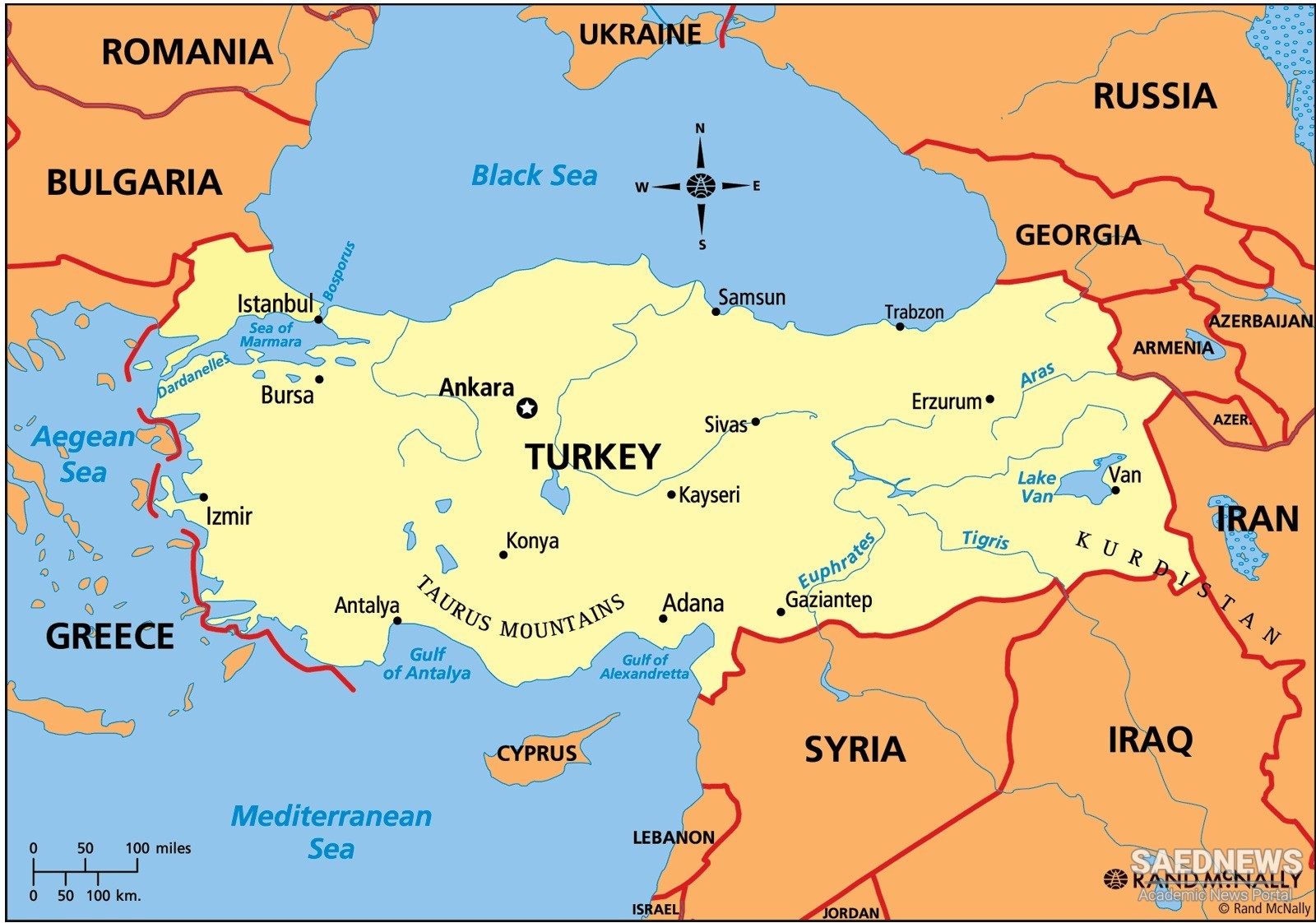Both originally designated the eastern shores of the Aegean Sea, and were gradually extended eastwards in a somewhat vague and variable manner. The country was more usually referred to by the names of the different provinces, cities, and kingdoms that divided it. Greek was the dominant language and the principal medium of communication. 'Anatolia' comes from a Greek word meaning 'sunrise', as do 'Orient', from Latin, and 'Levant', from Italian. Such names reflect the outlook of peoples for whom the eastern Mediterranean lands were the limits of the known world. It was only gradually that the Mediterranean peoples, becoming aware of a remoter and vaster Asia to the East, renamed the familiar one 'Asia Minor'. In the same way, many centuries later, the ancient and immemorial 'East' became the 'Near' and then the 'Middle' East, when a more distant East dawned on the Western horizon. Of these more distant eastern lands, by far the most important, the most portentous for the Middle East was Iran, better known in the West as Persia.
Strictly speaking, Persia, or Persis, is the name not of a country nor of a nation, but of a province - the southwestern province of Pars or Fars, on the eastern shore of the gulf which takes its name from it. The Persians have never applied that name to the whole country. They have, however, used it of their language, since the regional dialect of Pars became the dominant cultural and political language of the country in the same way that Tuscan became Italian, Castilian became Spanish, and the dialect of the Home Counties became English. The name always used by the Persians, and imposed by them on the rest of the world in 1935, was Iran. This was derived from the ancient Persian aryânam, a genitive plural form meaning '[the land] of the Aryans', and dating back to the early migrations of the Indo-Aryan peoples.
The religious map of the Middle East was even more complex - and confused — than the ethnic and linguistic map. Some of the old gods had died and been forgotten, but many still survived, albeit in strange and altered forms. The long record of conquest and migration among Middle Eastern peoples, followed by the immensely powerful impact of Hellenistic culture and Roman rule, gave rise to new and syncretistic forms of belief and worship. Some of the eastern cults even found followers among the Romans - some of them even in Rome itself. Isis from Egypt, Adonis from Syria, Cybele from Phrygia in Asia Minor, all gained adherents among the new masters of the Middle East.
Within a comparatively short time, a period measured in centuries not millennia, all these ancient gods and cults had been abandoned or superseded, and had been replaced by two new and competing monotheistic world religions which arose successively in the region: Christianity and Islam. The advent and triumph of Islam in the seventh century was preceded and in a sense made possible by the rise and spread of Christianity, which itself was deeply indebted to its religious and philosophic predecessors. Both Christian and Islamic civilization have common roots in the encounter and interaction in the ancient Middle East of three universalist traditions - those of the Jews, the Persians, and the Greeks.


 Middle East the History-Long Battleground of Ideologies
Middle East the History-Long Battleground of Ideologies














































